Themed collection Metal-organic frameworks and porous polymers – current and future challenges

The new age of MOFs and of their porous-related solids
Guest editors Guillaume Maurin, Christian Serre, Andrew Cooper and Gérard Férey introduce the Metal–Organic Frameworks and Porous Polymers – Current and Future Challenges issue of Chemical Society Reviews.

Chem. Soc. Rev., 2017,46, 3104-3107
https://doi.org/10.1039/C7CS90049J
Magnetic functionalities in MOFs: from the framework to the pore
This review covers the incorporation of different magnetic phenomena into MOFs, either in the framework or through the encapsulation of functional species in the pores.
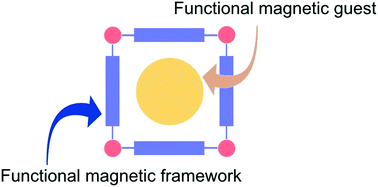
Chem. Soc. Rev., 2018,47, 533-557
https://doi.org/10.1039/C7CS00653E
Coordination change, lability and hemilability in metal–organic frameworks
Deformation or cleavage/reformation of metal–ligand bonds in MOFs lies at the heart of chemical/thermal stability and dynamic/flexible behaviour, provides avenues for post-synthetic modification, and can enable novel or improved performance for a variety of applications.

Chem. Soc. Rev., 2017,46, 5444-5462
https://doi.org/10.1039/C7CS00187H
Nonlinear optical properties, upconversion and lasing in metal–organic frameworks
The building block modular approach that lies behind coordination polymers (CPs) and metal–organic frameworks (MOFs) results not only in a plethora of materials that can be obtained but also in a vast array of nonlinear optical properties that could be aimed at.
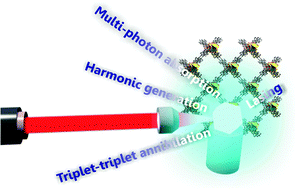
Chem. Soc. Rev., 2017,46, 4976-5004
https://doi.org/10.1039/C7CS00162B
Gas/vapour separation using ultra-microporous metal–organic frameworks: insights into the structure/separation relationship
In this tutorial review we discuss the latest developments in ultra-microporous MOF adsorbents and their use as separating agents via thermodynamics and/or kinetics and molecular sieving.
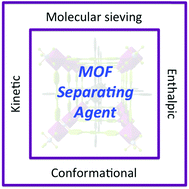
Chem. Soc. Rev., 2017,46, 3402-3430
https://doi.org/10.1039/C7CS00153C
Titanium coordination compounds: from discrete metal complexes to metal–organic frameworks
Recent advances in titanium based MOFs and relevant titanium molecular compounds will be discussed in this review. Particular attention will be devoted to their promising photoredox properties.
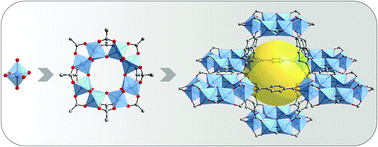
Chem. Soc. Rev., 2017,46, 3431-3452
https://doi.org/10.1039/C7CS00001D
New synthetic routes towards MOF production at scale
The potential commercial applications for metal organic frameworks (MOFs) are tantalizing.
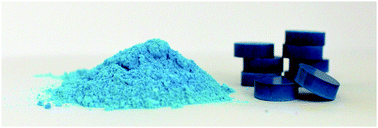
Chem. Soc. Rev., 2017,46, 3453-3480
https://doi.org/10.1039/C7CS00109F
Application of computational methods to the design and characterisation of porous molecular materials
Composed from discrete units, porous molecular materials (PMMs) possess properties not observed for conventional, extended solids. Molecular simulations provide crucial understanding for the design and characterisation of these unique materials.
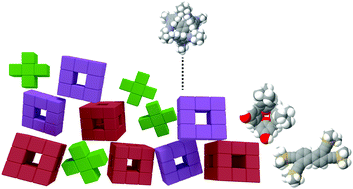
Chem. Soc. Rev., 2017,46, 3286-3301
https://doi.org/10.1039/C7CS00084G
Metal–organic frameworks: functional luminescent and photonic materials for sensing applications
This review summarizes the diverse routes to derive sensing applications from suitably functionalized and crystal-engineered metal–organic framework (MOF) materials, either by fluorometric responses, or based on photonic crystal-based signal transduction.
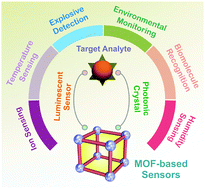
Chem. Soc. Rev., 2017,46, 3242-3285
https://doi.org/10.1039/C6CS00930A
An updated roadmap for the integration of metal–organic frameworks with electronic devices and chemical sensors
This review highlights the steps needed to bring the properties of MOFs from the chemical lab to the microelectronics fab.
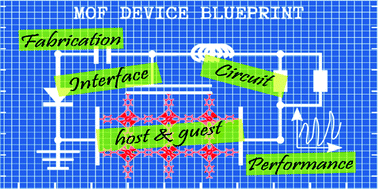
Chem. Soc. Rev., 2017,46, 3185-3241
https://doi.org/10.1039/C7CS00122C
Enzyme–MOF (metal–organic framework) composites
This review summarizes the syntheses and applications of metal–organic framework (MOF)–enzyme composites with specific emphasis on the merits MOFs bring to the immobilized enzymes.
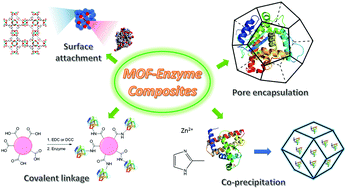
Chem. Soc. Rev., 2017,46, 3386-3401
https://doi.org/10.1039/C7CS00058H
Trends and challenges for microporous polymers
Recent trends and challenges for the emerging materials class of microporous polymers are reviewed. See the main article for graphical abstract image credits.
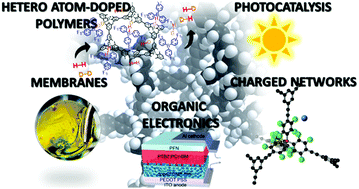
Chem. Soc. Rev., 2017,46, 3302-3321
https://doi.org/10.1039/C7CS00071E
Hybridization of MOFs and polymers
This review highlights recent advances in the hybridization of Metal–organic frameworks (MOFs) and polymers.

Chem. Soc. Rev., 2017,46, 3108-3133
https://doi.org/10.1039/C7CS00041C
Metal–organic frameworks for the removal of toxic industrial chemicals and chemical warfare agents
Toxic gases can be captured or degraded by metal–organic frameworks.
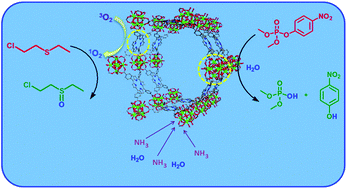
Chem. Soc. Rev., 2017,46, 3357-3385
https://doi.org/10.1039/C7CS00108H
Metal–organic and covalent organic frameworks as single-site catalysts
The potential of metal–organic frameworks (MOFs) and covalent organic frameworks (COFs) as platforms for the development of heterogeneous single-site catalysts is reviewed thoroughly.
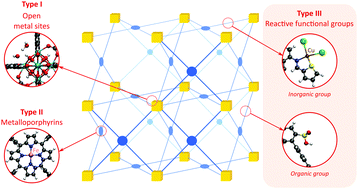
Chem. Soc. Rev., 2017,46, 3134-3184
https://doi.org/10.1039/C7CS00033B
Hypercrosslinked porous polymer materials: design, synthesis, and applications
Hypercrosslinked polymers with a controlled micromorphology exhibited promising applications in gas storage, separation, catalysis and water treatment.
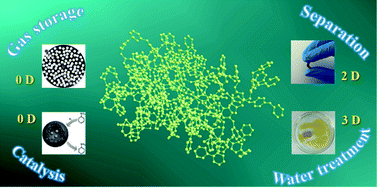
Chem. Soc. Rev., 2017,46, 3322-3356
https://doi.org/10.1039/C6CS00851H
Correction: Hypercrosslinked porous polymer materials: design, synthesis, and applications
Chem. Soc. Rev., 2017,46, 3481-3481
https://doi.org/10.1039/C7CS90027A
About this collection
We are delighted to present our Chemical Society Reviews themed issue on current and future challenges in the field of porous metal-organic frameworks (MOFs) and porous polymers, and the need to advance our understanding in this areas of research, from the birth of innovative materials towards the control of their properties in emerging applications. Guest edited by Guillaume Maurin (Université de Montpellier), Christian Serre (Université de Versailles), Andrew Cooper (University of Liverpool) and Gérard Férey (Institut de France, Academie des sciences), this issue aims to offer highlights of the most advanced experimental and computational tools to address the challenges in each targeted topics going from synthesis, shaping, structure characterization to the most promising applications. In line with our collaborative approach for reviews, most articles in this themed issue will assemble joint contributions of leading groups and will explore both experimental and theoretical aspects in a combined approach. New articles will be added to this collection as they are published.